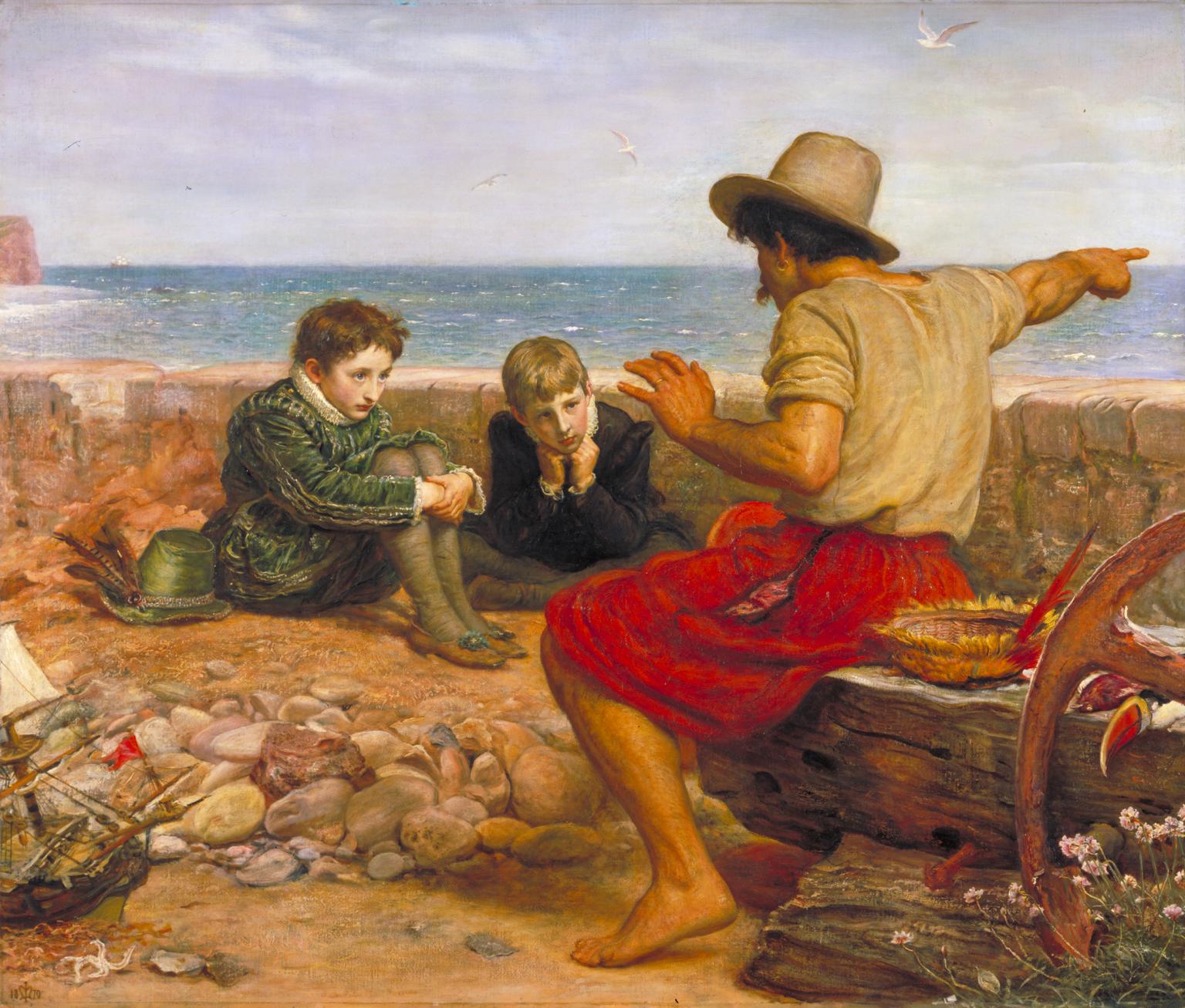How to build a newsletter business
- Understanding Newsletters and Audience
- Content Generation
- Newsletter Design and Distribution Channels
Content Generation
The Art of Storytelling in Newsletters

Social and cultural activity of sharing stories, often with improvisation, theatrics, or embellishment.
Storytelling is a powerful tool that can be used to engage your audience, build a connection, and ultimately, drive action. In the context of newsletters, storytelling can be used to weave a narrative that keeps your audience coming back for more. This article will explore the role of storytelling in newsletters, how to craft a narrative, and provide examples of successful storytelling in newsletters.
The Role of Storytelling in Newsletters
Storytelling in newsletters is about more than just sharing information; it's about creating a narrative that your audience can connect with. This narrative can be used to guide your audience through a series of newsletters, keeping them engaged and invested in your content.
Storytelling can also help to humanize your brand, making it more relatable and memorable to your audience. By sharing stories about your brand, your team, or your customers, you can create a sense of community and build stronger relationships with your audience.
Crafting a Narrative
Crafting a narrative for your newsletter starts with understanding your audience. What are their interests, their challenges, their goals? Once you understand your audience, you can start to craft stories that resonate with them.
Start with a clear beginning, middle, and end. The beginning should hook your audience and make them want to read more. The middle should build on the initial hook, providing more information and context. The end should wrap up the story and provide a clear call to action.
Remember, your narrative doesn't have to be confined to a single newsletter. You can weave a story through multiple newsletters, creating a series that keeps your audience engaged over time.
Examples of Successful Storytelling in Newsletters
There are many examples of brands that have successfully used storytelling in their newsletters. For example, Airbnb's newsletter often features stories from hosts and guests, creating a sense of community and showcasing the unique experiences that Airbnb offers.
Another example is the newsletter from charity: water. They often share stories about the communities they're helping, the challenges they face, and the impact of their work. These stories help to humanize the charity and make their work more relatable.
In conclusion, storytelling is a powerful tool that can be used to engage your audience and make your newsletters more impactful. By understanding your audience, crafting a narrative, and learning from successful examples, you can start to incorporate storytelling into your own newsletters.